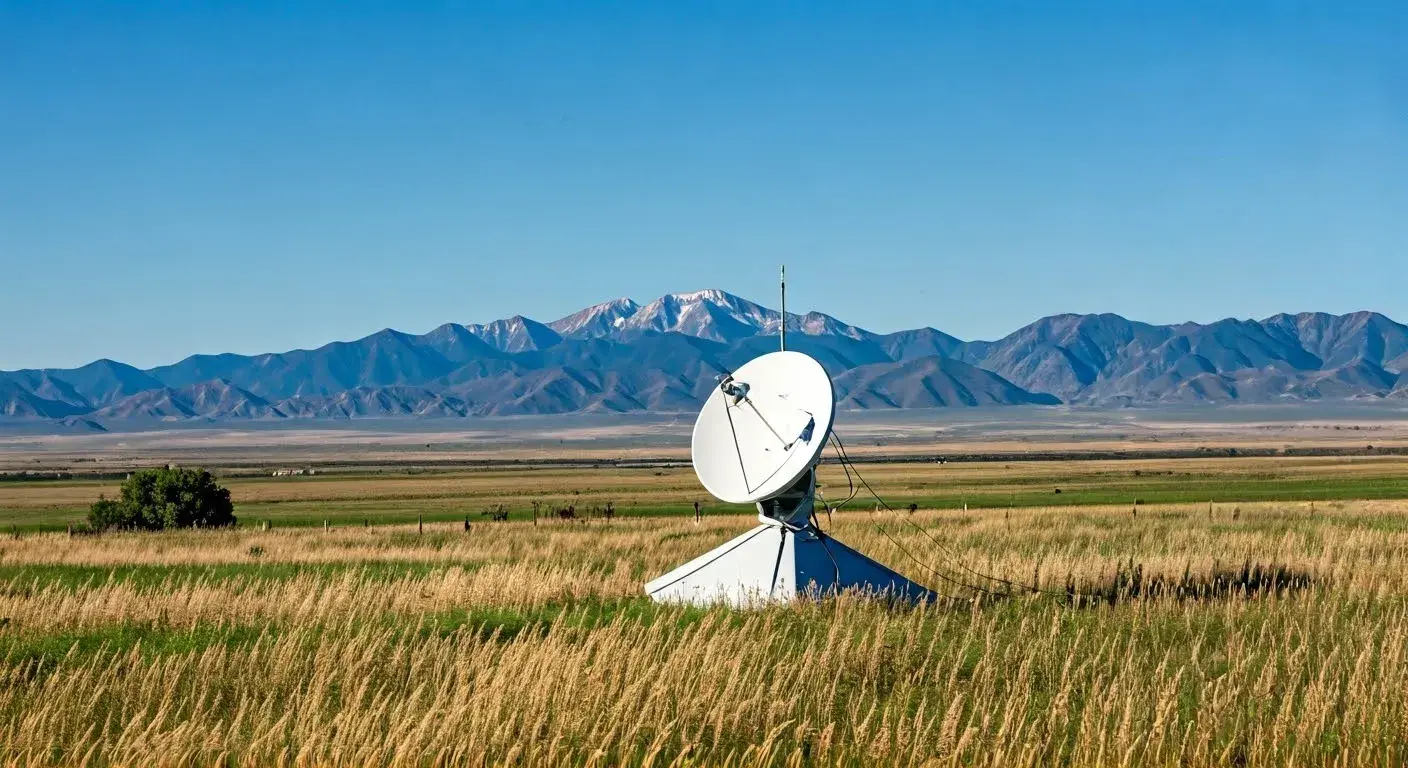
In the digital era of today, consistent internet connectivity is very essential. Finding a consistent internet connection may be difficult, however, for those who live in remote locations. You have found the correct spot if you are looking for answers to your problems with rural internet. This all-inclusive guide will help you go through many possibilities and highlight the best methods to remain in touch, work, and enjoy entertainment in rural environments.
Exploring Rural Internet Options
Satellite Internet: Bridging the Gap
For rural people, Satellite internet changes everything. It depends on satellites circling the planet to provide connection even in far-off places. You may work from home, stream movies, and keep in touch with friends and relatives via satellite internet.
Fixed Wireless Internet: A Local Solution
Rural locations with restricted access to other providers might find Fixed wireless internet to be a great option. It provides high-speed internet free of cable by using radio waves to broadcast data from a nearby tower.
DSL Internet: Traditional Yet Reliable
For remote locations, DSL internet is a tested choice. It is rather easily accessible as it runs over current phone lines. For simple internet activities, it's a consistent option even if it may not have blazing-fast speeds.
Cellular Data: Internet on the Go
For rural people, cellular data services have evolved to provide a sensible answer. Using 4G and 5G networks, you may invest in a specialized hotspot gadget for on-the-go internet access or utilize your smartphone as a mobile hotspot.
Fiber-Optic Internet: The Gold Standard
Fiber-optic internet is the gold standard for dependability and speed even if it is not very common in rural regions. If you have access, count yourself lucky as it offers lightning-fast internet.
Your Guide to Rural Internet Options
Your location, budget, and consumption will all help determine the best rural internet solution for you. Every one of the options has benefits and drawbacks; so, it is important to assess which best fits your situation.
- Think about your location. First, find out which companies service your region. Location is highly important in your choice as certain choices may not be found everywhere.
- Evaluate your online requirements. Calculate your online needs. Do you need high-speed internet for distant business or online gaming, or are you a casual user needing email and browsing access?
- Budget sensibly: Internet plans vary greatly in cost. Make sure the selected scheme fits your budget; also be alert for long-term contracts or hidden costs.
- Go through reviews. Look into consumer evaluations and ratings for many vendors. Practical knowledge may provide insightful analysis of the quality of the service.
- Customer assistance: Think about the degree of internet service provider customer assistance offers. When you run into technological problems, quick help could save your life.
- Future-proofing: Consider your requirements going forward. Faster speeds or bigger data allocations might be needed as technology develops. Select a strategy that fits possible future needs.
Top Internet for Rural Internet Options
Regarding internet connectivity in remote places, it might be difficult to locate a consistent and quick connection. To meet the demands of rural citizens, there are a few top choices accessible, however. Remote areas would find satellite internet companies like Directv and Dish Network perfect as they give national coverage. Whereas DSL providers like Frontier Communications utilize current phone lines, fixed wireless providers like Rise Broadband and Speed Connect employ antennas to provide internet signals. Certain cellular operators, like Verizon and AT&T, also provide mobile broadband services suitable for usage in rural locations. For those living in far-off areas, these choices provide a lifeline that lets them remain in touch despite constraints.
Conclusion
Your location, demands, and budget will be your compass in search of the finest rural internet choices. Whether your choice is satellite, fixed wireless, DSL, cellular data, or fiber-optic internet, this guide has armed you with the information to decide with wisdom. Stay in touch, work from home, and enjoy the digital world—even right in the middle of rural America.
FAQs
Q: How can I find out which rural internet options are available in my area?
A: You can use online tools like the Federal Communications Commission's (FCC) broadband map to check which providers offer service in your location.
Q: What is the average cost of rural internet plans?
A: The cost of rural internet plans varies, but you can find options ranging from $30 to $100 per month. Pricing depends on the provider, your location, and the plan's speed.
Q: Are there any government programs or subsidies for rural internet?
A: Yes, some government programs aim to make internet access more affordable in rural areas, such as the FCC's Rural Digital Opportunity Fund.
Q: Is satellite internet affected by weather conditions?
A: Yes, satellite internet can be affected by heavy rain or snow, which may result in temporary service interruptions. However, modern satellite systems are designed to minimize these issues.
Q: Can I use fixed wireless internet in a remote cabin or cottage?
A: Yes, fixed wireless internet is an excellent choice for remote locations, including cabins and cottages. It's a viable solution if you're looking for reliable connectivity in such areas.
Q: Is DSL internet suitable for online gaming?
A: DSL internet can be used for online gaming, but its speed and latency may not be ideal for competitive gaming. Consider other options like satellite or fixed wireless for a smoother gaming experience.





